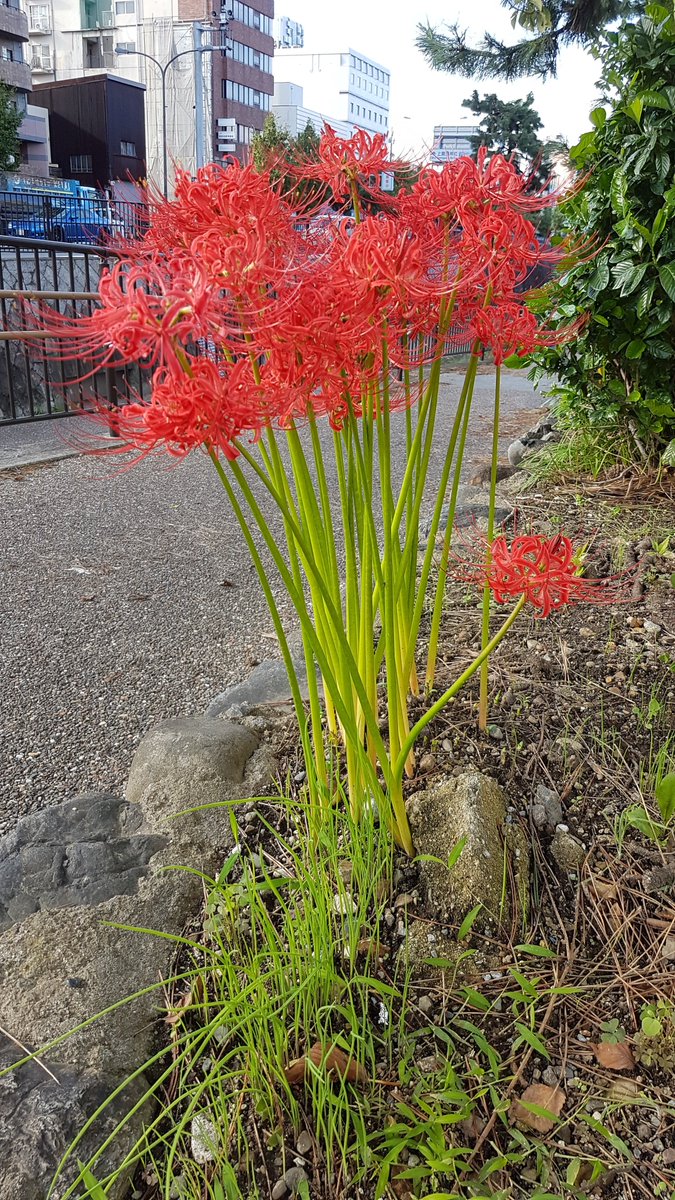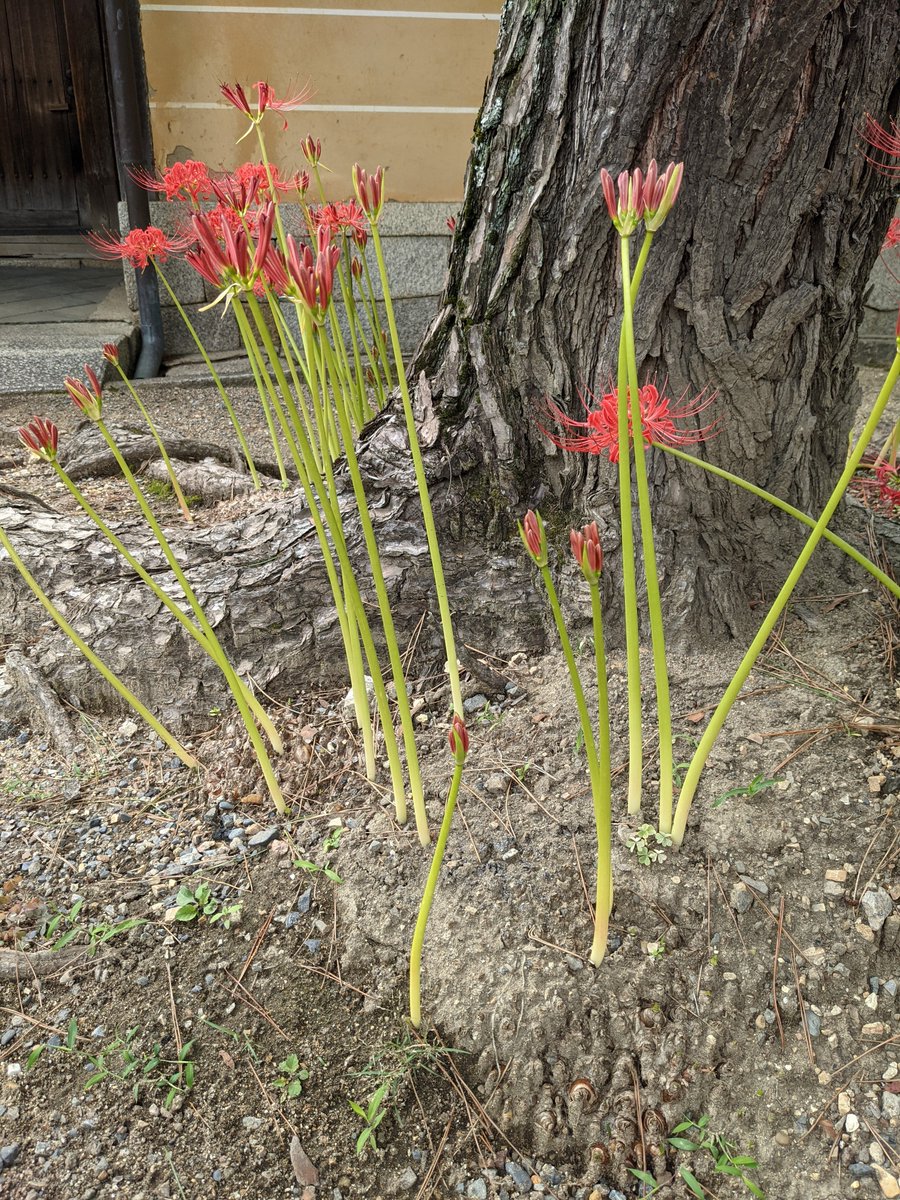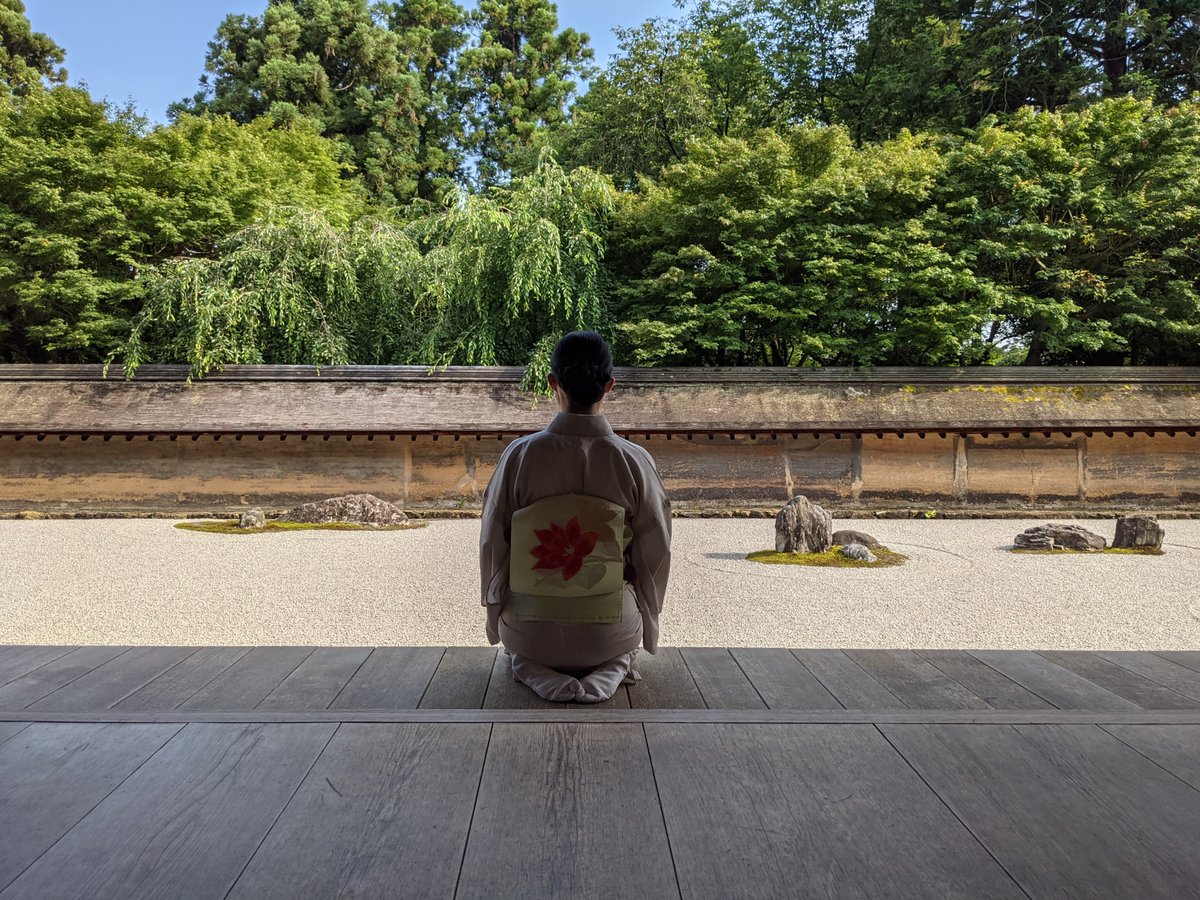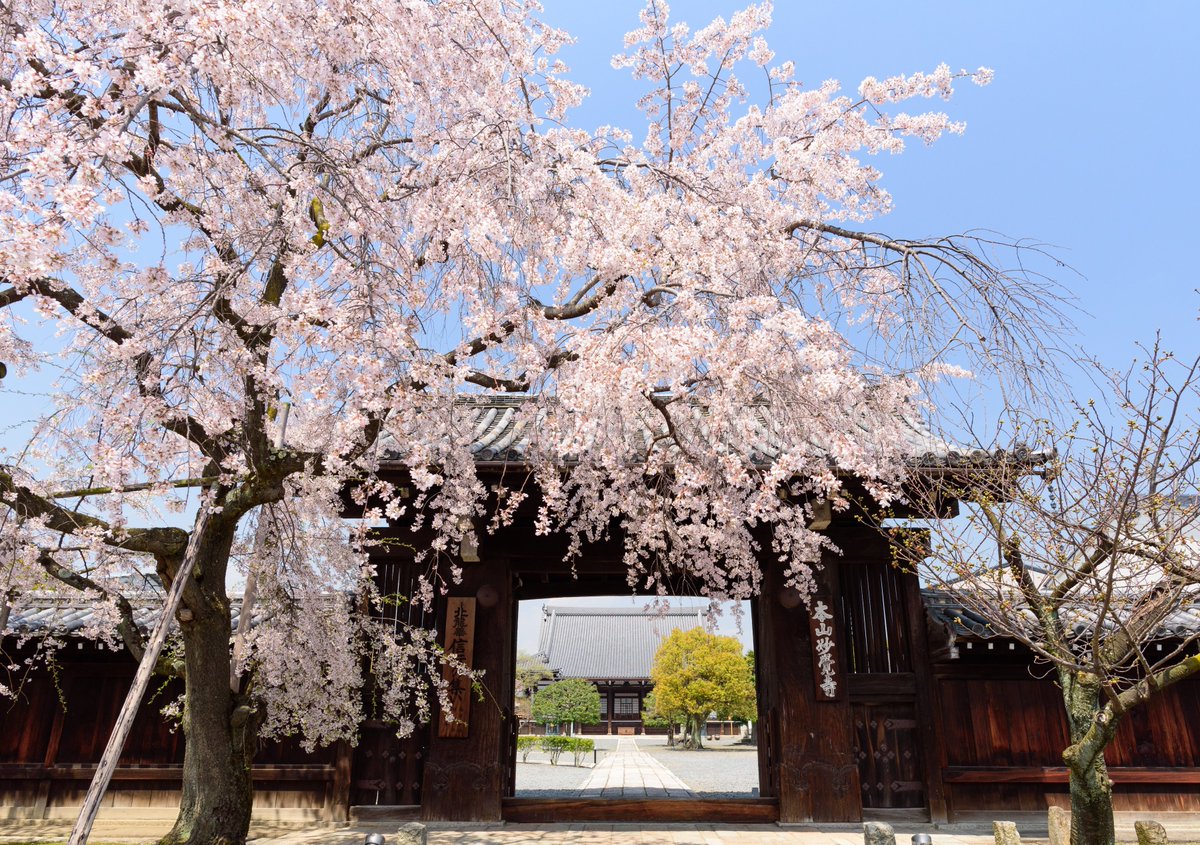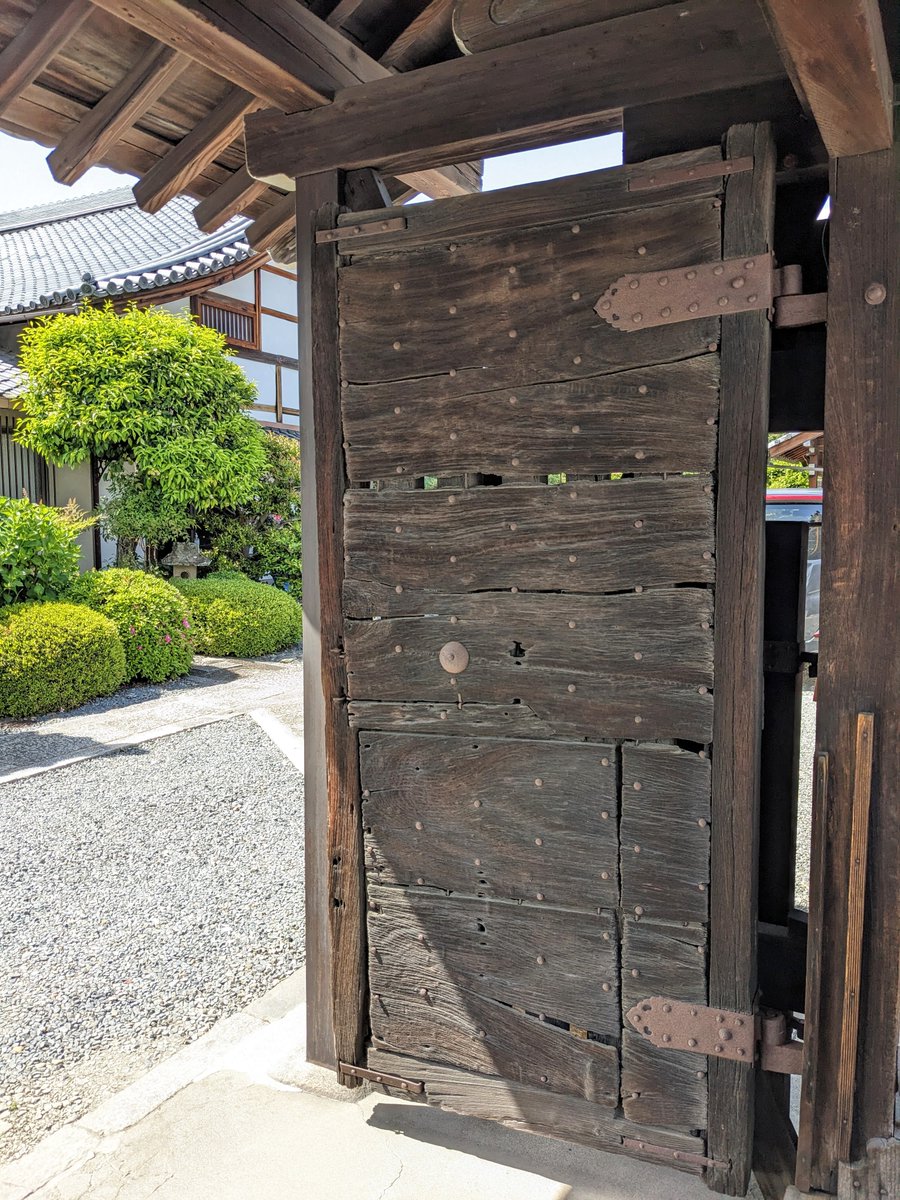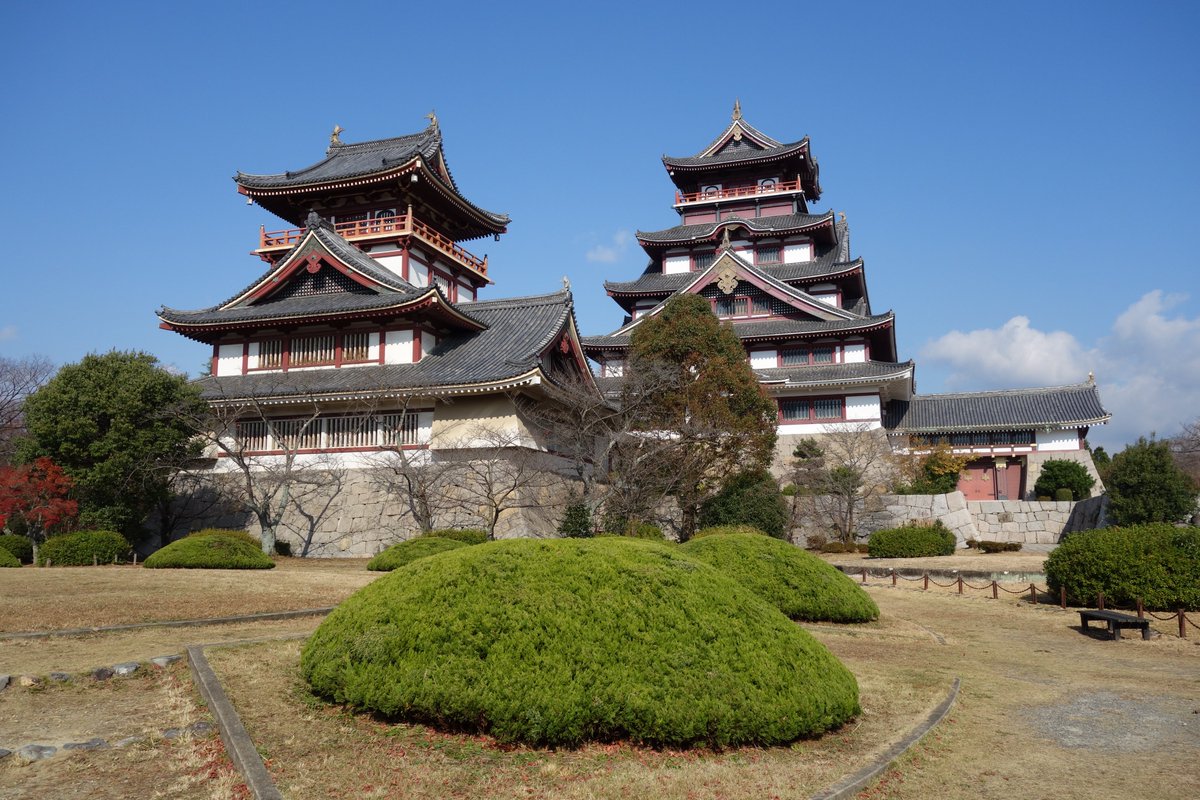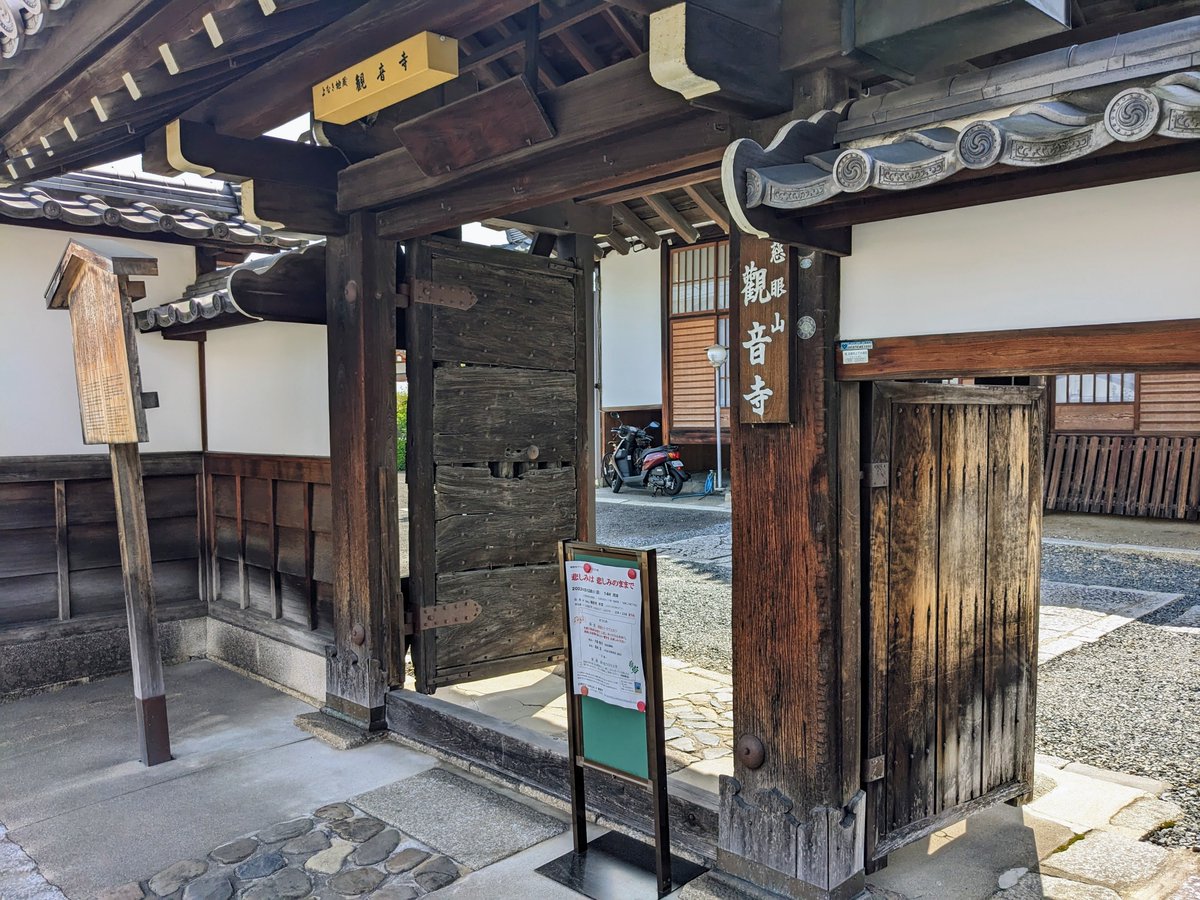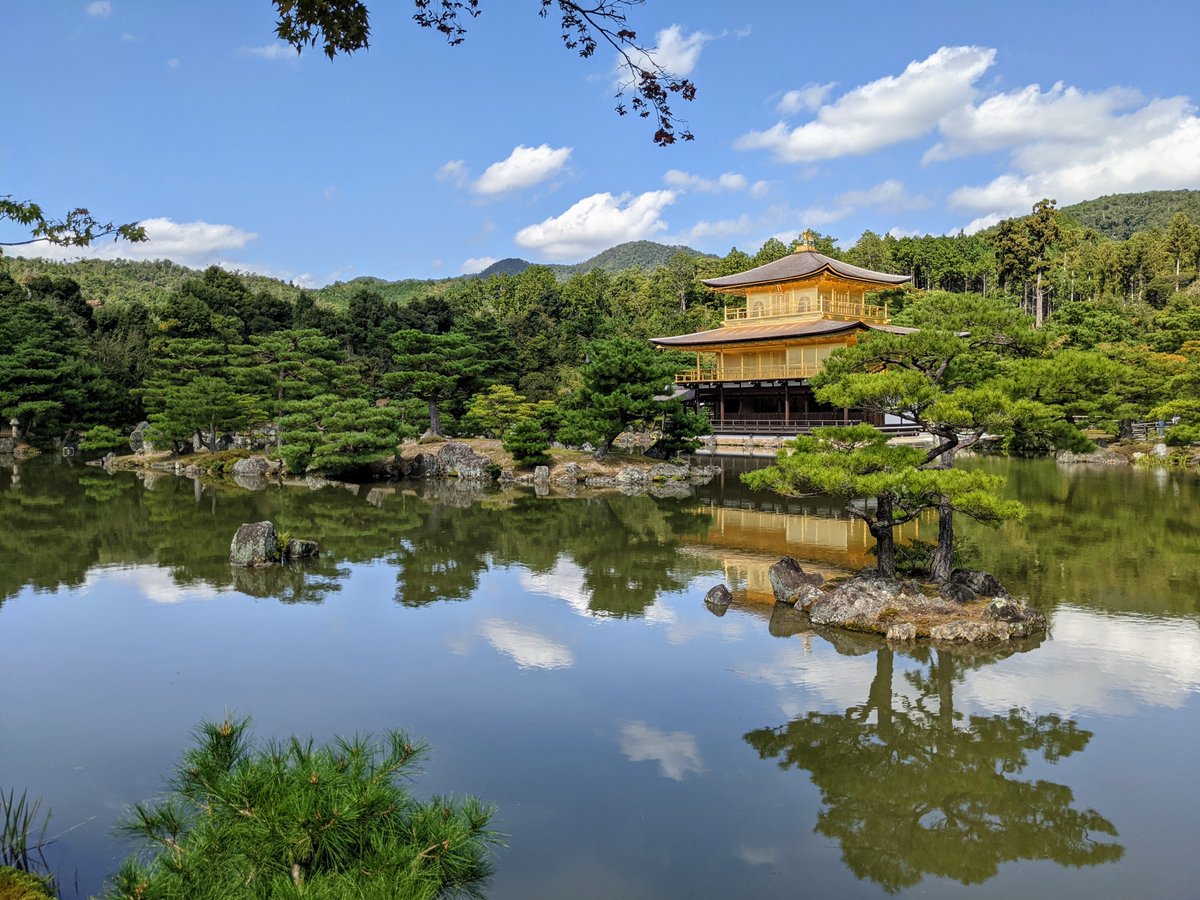Asukai-no-Masatsune (飛鳥井雅経 1170-1221) was founder of the Asukai school of kemari.
A skilled poet (134 of his poems appeared in imperial anthologies), he served in the 'Poetry Bureau' (和歌所), helped compile the 'Shin Kokin Wakashū', and authored 'Kemari Ryakki' (蹴鞠略記).



A skilled poet (134 of his poems appeared in imperial anthologies), he served in the 'Poetry Bureau' (和歌所), helped compile the 'Shin Kokin Wakashū', and authored 'Kemari Ryakki' (蹴鞠略記).




Long before Shiramine-jingū, the principle shrine to occupy this land belonged to the 'god of sports' (精大明神). It was paid for by the retired Emperor Go-Toba (後鳥羽上皇 1180-1239) when he visited the mansion of the Asukai (繁乃井殿 'Shigenoi-dono') for a religious festival. 





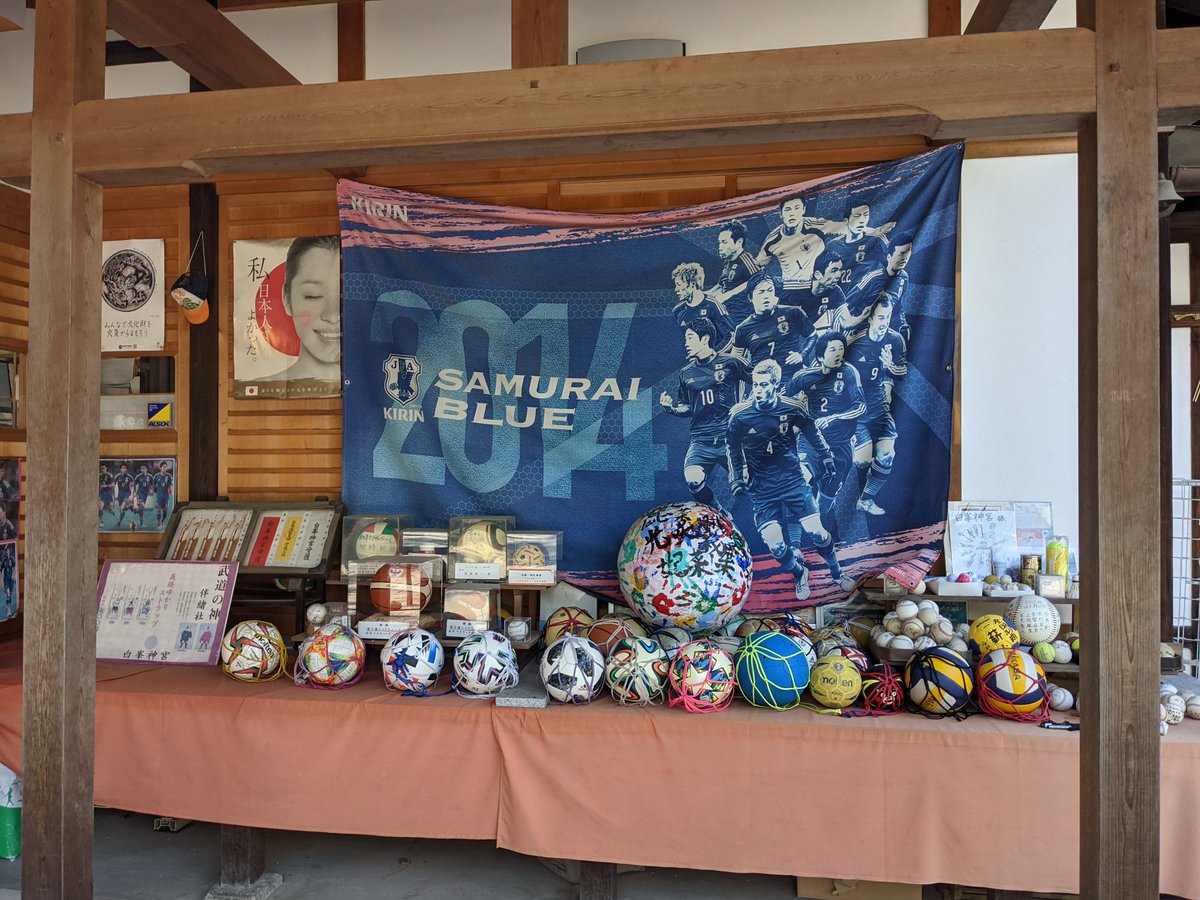

Go-Toba constructed the shrine beside the 'Shige-no-i' (繁乃井), 1 of 7 famed wells in the capital during the Heian period.
Because of its connection to the Asukai clan & Fujiwara-no-Narimichi (藤原成通 1097-1162), the shrine eventually became home to 'Sei Daimyōjin' (精大明神).
Because of its connection to the Asukai clan & Fujiwara-no-Narimichi (藤原成通 1097-1162), the shrine eventually became home to 'Sei Daimyōjin' (精大明神).
At first Sei Daimyōjin was considered 'god of the mari' (the deerskin ball used in kemari 蹴鞠), but over time he became guardian of kemari itself, and then all ball sports.
In particular he is popular with soccer players, and many famous figures come to visit the shrine.
#Kyoto



In particular he is popular with soccer players, and many famous figures come to visit the shrine.
#Kyoto




In the reign Emperor Toba (鳥羽天皇 1103-1156), Asukai-no-Narimichi (飛鳥井成通/aka Fujiwara-no-Narimichi 藤原成通) made a vow to perform 1000 days of prayers.
On the night of the oath it is said that the god Sei Daimyōjin spirited into his dream in the form of 3 monkeys.
#蹴鞠



On the night of the oath it is said that the god Sei Daimyōjin spirited into his dream in the form of 3 monkeys.
#蹴鞠




Legend has it that after the dream the god was a regular visitor to Narmichi’s home.
Arriving at the Shige-no-i (well) on the month, day and hour of the monkey (as the 3 monkeys), he would pass the time teaching Narmichi kemari (helping Narimichi to become a great player).
#Japan
Arriving at the Shige-no-i (well) on the month, day and hour of the monkey (as the 3 monkeys), he would pass the time teaching Narmichi kemari (helping Narimichi to become a great player).
#Japan

The 3 monkeys were called 'Ari' (夏安林/アリ Geanrin), 'Yau' (春陽花/ヤウ Shunyōka) and 'Ou' (桃園/オウ Tōen).
Their names are preserved in the game of kemari even today. When a player kicks the ball, he/she shouts out one of their names in response.
#ShiramineJingu #白峯神宮



Their names are preserved in the game of kemari even today. When a player kicks the ball, he/she shouts out one of their names in response.
#ShiramineJingu #白峯神宮




In 644 it is recorded that the Asukai clan (飛鳥井家) imported a new sport called kemari (蹴鞠) from China.
It would become the first real sport developed in Japan, its popularity peaking amongst the aristocracy in Heian times.
#Kemari #蹴鞠 #Kyoto #Japan #京都 #七夕



It would become the first real sport developed in Japan, its popularity peaking amongst the aristocracy in Heian times.
#Kemari #蹴鞠 #Kyoto #Japan #京都 #七夕




Kemari is played on a 6m square court called a 'kakari' (懸).
Placed at each corner are 4 trees (willow, cherry, pine and maple), collectively known as 'shikiboku' (式木). They act as a conduit through which the gods can reside in our world to watch the contest.
#kemari #Tanabata



Placed at each corner are 4 trees (willow, cherry, pine and maple), collectively known as 'shikiboku' (式木). They act as a conduit through which the gods can reside in our world to watch the contest.
#kemari #Tanabata




The ball (鞠 'mari') is made from 2 circles of deerskin sewn (with the hair on the inside) together with horse leather.
It is then stuffed with grain to fill it out, before being coated in white lead. The grain is drained away & the ball is sealed tight.
It weighs only 100-150g.



It is then stuffed with grain to fill it out, before being coated in white lead. The grain is drained away & the ball is sealed tight.
It weighs only 100-150g.




Photo thanks🙇♂️-
konpira.or.jp,
shiraminejingu.or.jp,
r.goope.jp/sr-26-264071s0…,
jcbase.net/report-column-…,
kyoto-tabiya.com
(Mari - ball)
yokohama.art.museum,
imakana.kanaloco.jp
(Fujiwara-no-Narimichi)
nichibun.ac.jp
(Monkeys)
@Peng201912
(China)
konpira.or.jp,
shiraminejingu.or.jp,
r.goope.jp/sr-26-264071s0…,
jcbase.net/report-column-…,
kyoto-tabiya.com
(Mari - ball)
yokohama.art.museum,
imakana.kanaloco.jp
(Fujiwara-no-Narimichi)
nichibun.ac.jp
(Monkeys)
@Peng201912
(China)

Players wear clothes of the Asuka period (飛鳥時代 538-710): the colours, patterns and styles subtly denote different ranks.
The costumes include 'eboshi' (烏帽子 -male courtly hat), 'mari-suikan' (鞠水干 -jacket), 'mari-hakama' (鞠袴 -divided skirt) & 'kamo-kutsu' (鴨沓 -shoes).



The costumes include 'eboshi' (烏帽子 -male courtly hat), 'mari-suikan' (鞠水干 -jacket), 'mari-hakama' (鞠袴 -divided skirt) & 'kamo-kutsu' (鴨沓 -shoes).

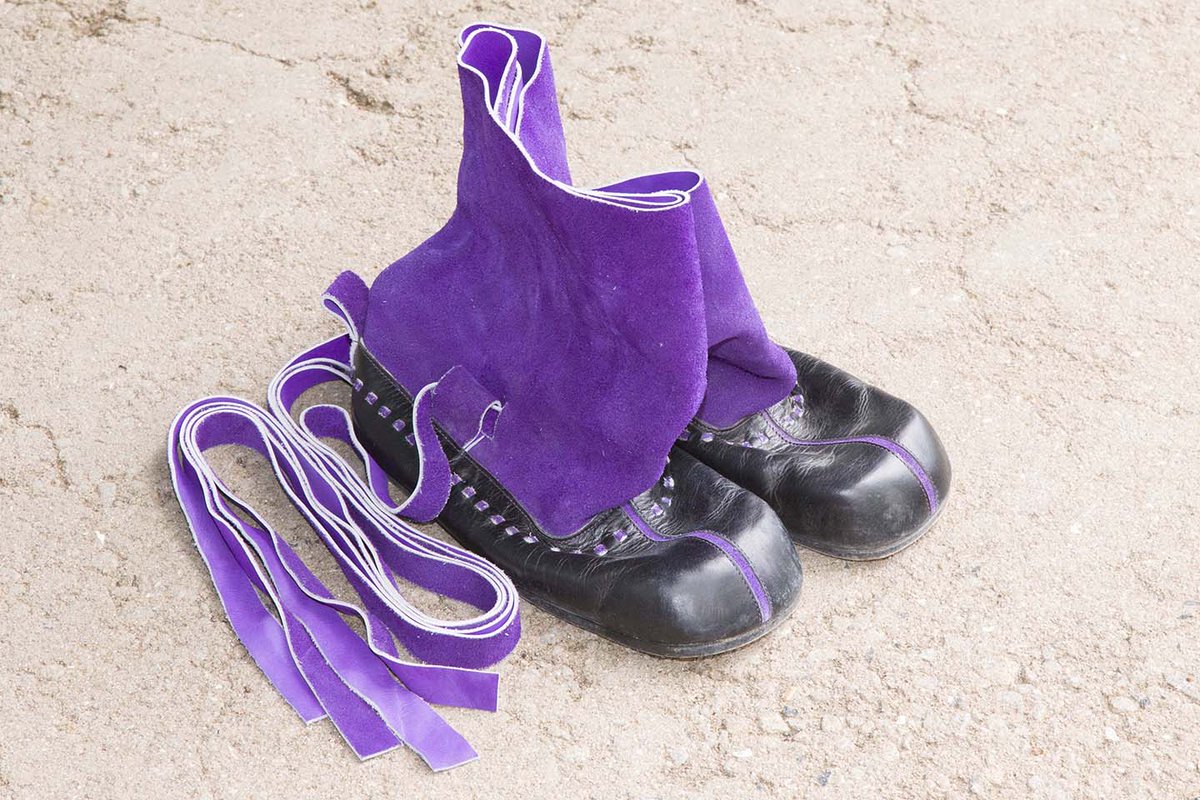


The highest ranking player (軒 'noki') enters the court first and begins the game.
While players may freely move around the court when the ball is in play, they return to their original positions when play stops (highest ranking first).
Each game takes around 20 minutes.
#Japan
While players may freely move around the court when the ball is in play, they return to their original positions when play stops (highest ranking first).
Each game takes around 20 minutes.
#Japan
Matches are called 'za' (座) and players are called 'mariashi' (鞠足).
Four players actively participate in each game (standing in front of the trees-NW, SW, SE & NE), with the others acting as assistants (詰 'tsume').
3 kicks before passing the ball is considered appropriate.



Four players actively participate in each game (standing in front of the trees-NW, SW, SE & NE), with the others acting as assistants (詰 'tsume').
3 kicks before passing the ball is considered appropriate.




From the Kamakura period the game of kemari gradually spread from the nobility to the warrior and religious classes. By Edo times it was a popular pastime with the masses.
Kemari declined with the influence of Western culture in the Meiji period.
#Japan #Kyoto #kemari #蹴鞠 #七夕



Kemari declined with the influence of Western culture in the Meiji period.
#Japan #Kyoto #kemari #蹴鞠 #七夕




Emperor Meiji (明治天皇), concerned that kemari might die out, ordered noble families in Kyōto to preserve the sport.
Thus in 1907 the 'Kemari Preservation Society' (蹴鞠保存会) was formed. At Shiramine-jingū matches are played each year in April & July (for Tanabata 七夕).
#京都



Thus in 1907 the 'Kemari Preservation Society' (蹴鞠保存会) was formed. At Shiramine-jingū matches are played each year in April & July (for Tanabata 七夕).
#京都




first kick-ball game-
so many beads of sweat
on the old costumes
-Gabi Greve, 2006.
#Kyoto #京都 #ShiramineJingu #白峯神宮 #Japan #haiku #kemari #蹴鞠



so many beads of sweat
on the old costumes
-Gabi Greve, 2006.
#Kyoto #京都 #ShiramineJingu #白峯神宮 #Japan #haiku #kemari #蹴鞠




Although kemari took on a distinctive flavour in Japan, the game was hundreds of years old before it reached these shores.
Cuju (蹴鞠-kemari uses these same characters), which resembles modern football in many ways, began in China and is first described around the 3rd century BC.
Cuju (蹴鞠-kemari uses these same characters), which resembles modern football in many ways, began in China and is first described around the 3rd century BC.
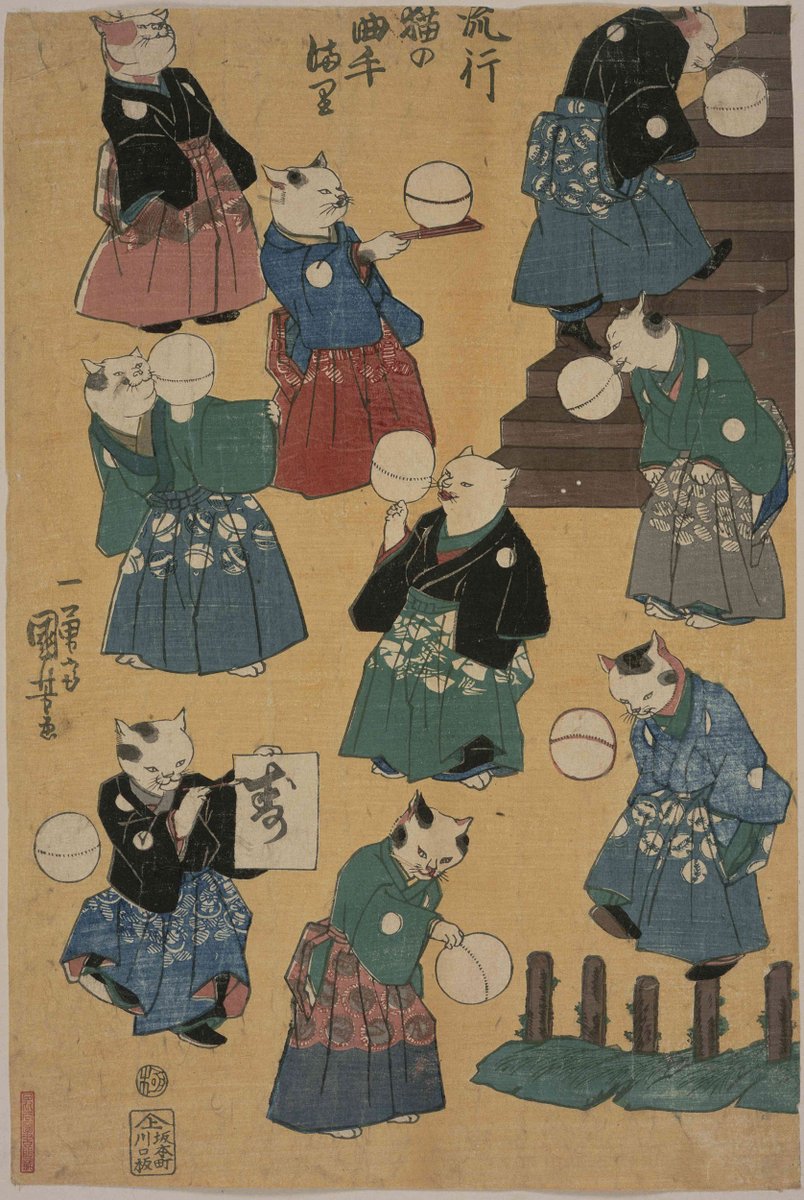
Photo thanks🙇♂️-
@chigirachizuka
(Eboshi)
konpira.or.jp
(Shoes/Outfit)
eruful.kyosai.or.jp,
@nezumuseum,
ja.ukiyo-e.org,
harashobo.com,
touken-world-ukiyoe.jp,
benricho.org
(Ukiyo-e)
tokyoartbeat.com/articles/-/fro…
(Choju-jinbutsu-giga)
@chigirachizuka
(Eboshi)
konpira.or.jp
(Shoes/Outfit)
eruful.kyosai.or.jp,
@nezumuseum,
ja.ukiyo-e.org,
harashobo.com,
touken-world-ukiyoe.jp,
benricho.org
(Ukiyo-e)
tokyoartbeat.com/articles/-/fro…
(Choju-jinbutsu-giga)

Kemari features in the 'Chōjū-jinbutsu-giga' (鳥獣人物戯画)...a group of animals puzzling over how to retrieve their ball from a tree.
🧵about the Scrolls of Frolicking Animals⬇️
#kemari #蹴鞠 #Kyoto #京都 #鳥獣人物戯画 #Japan #Chōjūjinbutsugiga
🧵about the Scrolls of Frolicking Animals⬇️
https://twitter.com/camelliakyoto/status/1499533352881115136?s=20&t=sqEKNKVRFiihMB8FgM0vsw
#kemari #蹴鞠 #Kyoto #京都 #鳥獣人物戯画 #Japan #Chōjūjinbutsugiga

There are a handful of opportunities to watch kemari (蹴鞠) in Kyōto during the year...most notably at the Kamo Shrines (下鴨神社・上賀茂神社 - January/February), Shiramine Jingū (白峯神宮 - April/July) and Fujinomori-jinja (藤森神社 - June).
#Japan #kemari #蹴鞠 #Kyoto #京都
#Japan #kemari #蹴鞠 #Kyoto #京都
• • •
Missing some Tweet in this thread? You can try to
force a refresh



